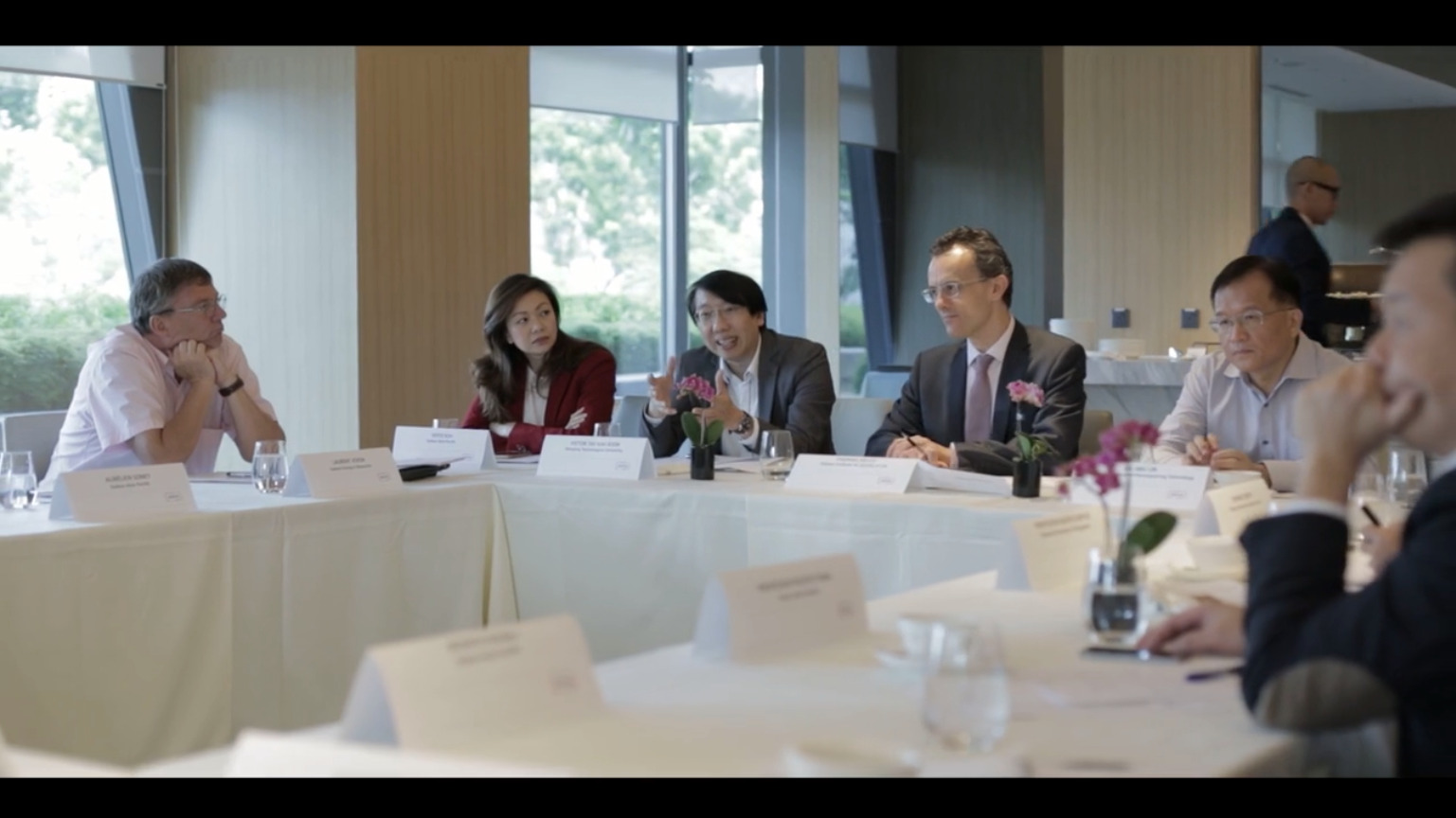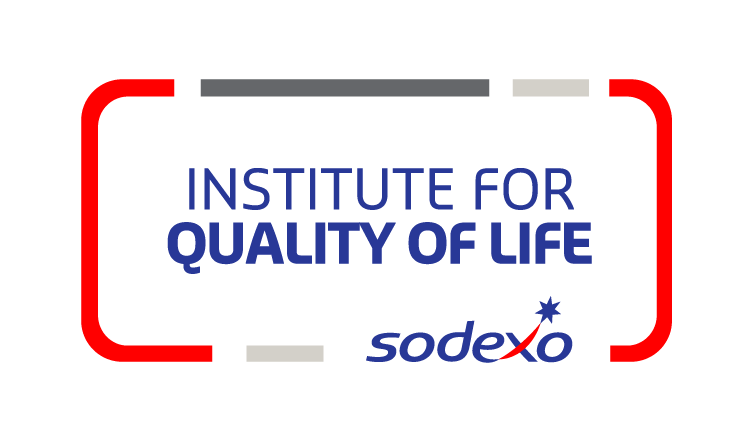Intelligent robotics and Quality of Life at work: compete, control or collaborate?
In the next decade, we expect to see significant workforce developments with continued progress in the fields of data, artificial intelligence, augmented reality, machine learning and intelligent robotics. New types of jobs will be created, some will be lost, many will change. From the perspective of workers’ quality of life, what is the key to the successful integration of intelligent robotics in the workplace?
To address that question, the Sodexo Institute for Quality of Life held a round-table ‘Dialogue’ of experts in May 2017 in Singapore to explore: What is the essence of our historical relationship with the tools we use? How is it changing with the advent of intelligent robotics? Are these changes different from those we’ve seen with past technological change? What future scenarios can we envisage? How desirable are they in terms of workforce quality of life? How might we reach the more desirable scenarios?
As set out in its report ‘Intelligent robotics and Quality of Life at work: compete, control or collaborate?’, the Sodexo Institute for Quality of Life found that there are many trade-offs to navigate between e.g., a focus on cost-minimisation framed in terms of human-robot competition for jobs and resources, loss of human control or decision-making autonomy and, in the alternative, a focus on value-adding human-robot collaboration framed in terms of worker quality of life.
Looking at the detail of tasks and activities rather than jobs and roles, applying a quality of life lens, we can develop valuable human-robot collaboration. From reduced exposure to dangerous, risky or uncomfortable environments, to more time for human workers to spend interacting with other people, there are many potential benefits of intelligent robotics in the workplace. Realising the benefits depends on our ability to prepare, engage and value human workers.




